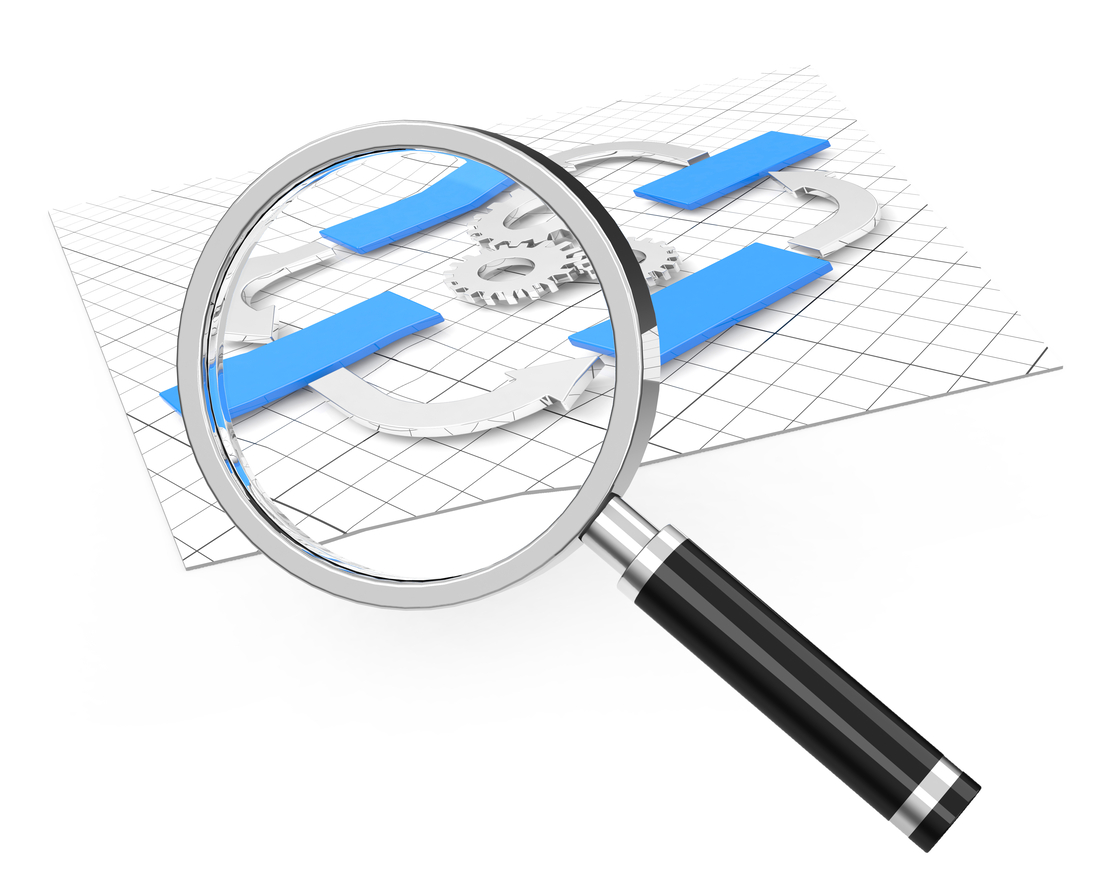Most Software Development projects suffer from a multitude of extensions, often resulting in competing requirements that endlessly push up effort and costs. The focus on the solution and user acceptance has long been lost. This development is not uncommon in companies, but can be counteracted with the help of Requirement Engineering.
What is Requirement Engineering?
Requirement Engineering, also called Requirement Analysis, is a central part of the Software Development process. In this process, the requirements for the system to be developed are defined using a systematic procedure. The goal of Requirement Engineering is to create a uniform understanding not only of the project participants, but also of the software.

Requirement Engineering Procedure
Do you develop systems with state-of-the-art technologies and want to ensure that you develop the right systems that your customer really want? We offer methods and tools to efficiently elicit, document, verify and manage requirements in the context of Requirement Engineering.
Identification
A common understanding of the system to be developed and the project goals is established with the help of workshops on the digital whiteboard. In addition to identifying functional and non-functional requirements, sources of requirements (stakeholders, systems) and their techniques are also defined. This creates a professional orientation framework for the work of the project team and a basis for stakeholder communication. Solutions are then developed and evaluated to meet the requirements and achieve the objectives.
Documentation
The documentation of the whole aims to describe the requirements adequately, so that they are, for example, unambiguous, testable and understandable. This is done through so-called user stories and application scenarios (use cases). These can be easily understood and evaluated by stakeholders and users.
Verification & tuning
Now we know the target state (requirement specification) and analyze the actual state (requirement specification) on the basis of this scope. In doing so, we should not forget to incorporate improvements into the structures, principles and processes. An analysis also always requires a certain kind of lateral thinking and questioning, because ultimately the new system is intended to improve workflows.
Management
In the context of requirements management, everything relating to the project must be stored where everyone involved in the project can find it. In the simplest case, this is done directly in the whiteboard or the project canvas, in complex projects in requirements databases and ticket systems such as Jira software.
Design Thinking
The underlying method of Requirement Engineering is Design Thinking.

For the requirements analysis, we use design thinking to look at the solution from different angles, generate implementation ideas, involve users in the design and develop a common objective for the project. In this way, the teams learn to overcome boundaries, to deal with given framework conditions, and not to lose sight of the innovative. Ultimately, nothing is more motivating than a clear goal that you yourself helped to formulate.
Our Services regarding Requirement Engineering
The aim of a requirements specification (including specifications, functional specifications, technical concept) is to formulate the requirements in such a way that a common understanding of the system to be developed is created between the customer and the contractor. Natural language is used for representation.
Consulting Workshop
Target orientation
Implementation
A selection of our customer projects
We have already implemented individual requirements with application development in numerous customer projects. Read the reference stories here: